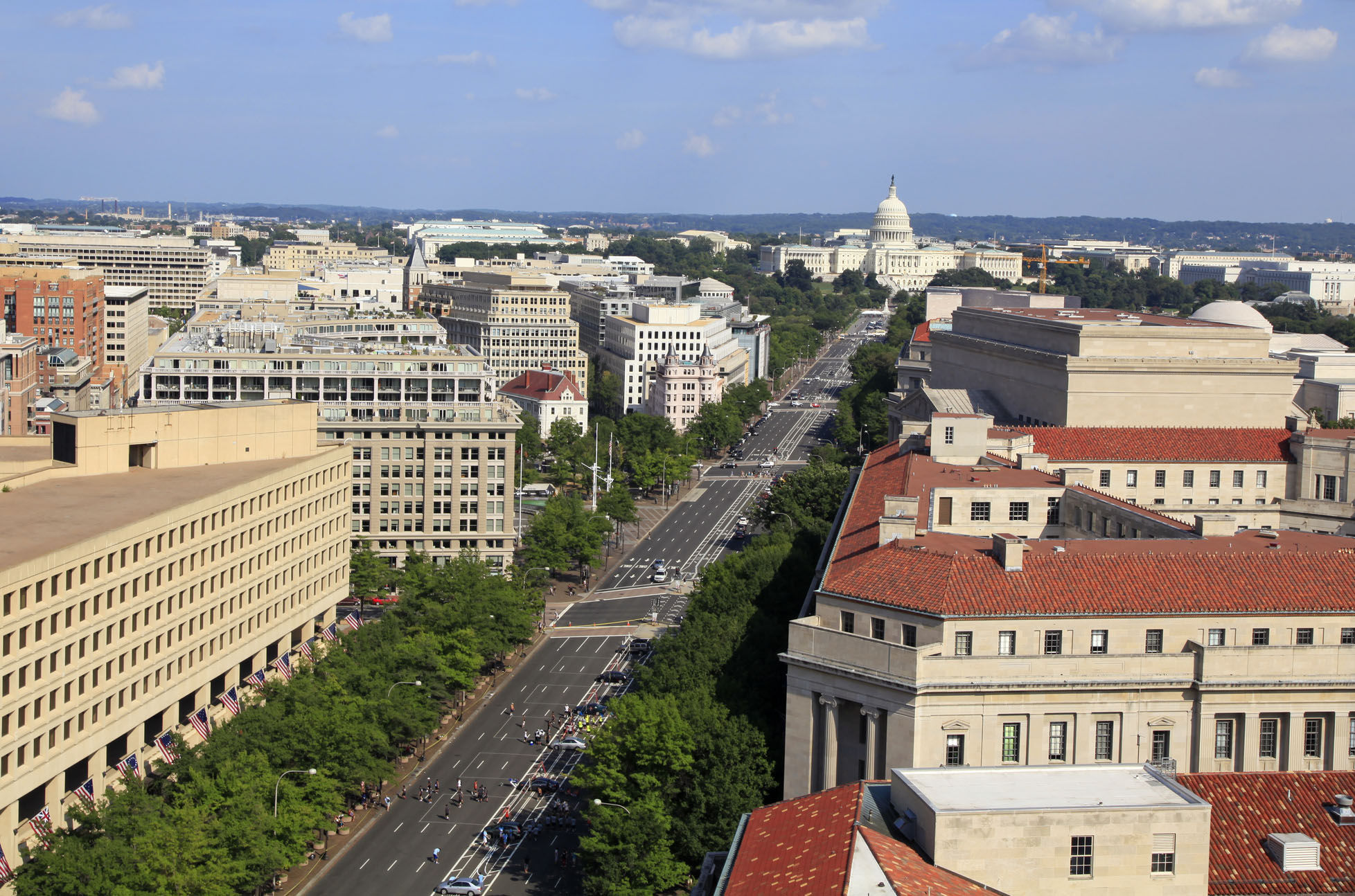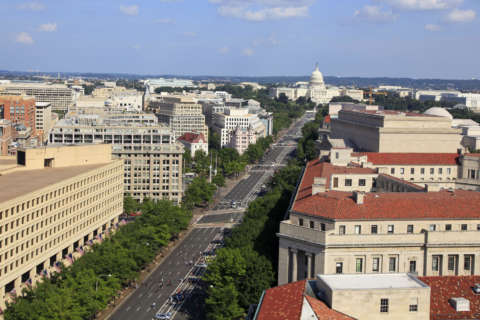
WASHINGTON — The nation’s capital remains one of the top 10 places to live in the U.S. — but faces increasing competition from a host of other cities, including Des Moines, Iowa; Portland, Oregon; and Huntsville, Alabama.
All three bested D.C. in this year’s rankings.
The D.C. metro area came in at No. 8 on a list of the “best places to live,” which is compiled by U.S. News and World Report. The list evaluates the 125 largest metro areas in the country based on a range of factors, including the area’s job market, quality of life and the net population gain from people who have moved to the area over the past five years.
Overall, Austin, Texas, came in at No. 1 on the list for the second year in a row.
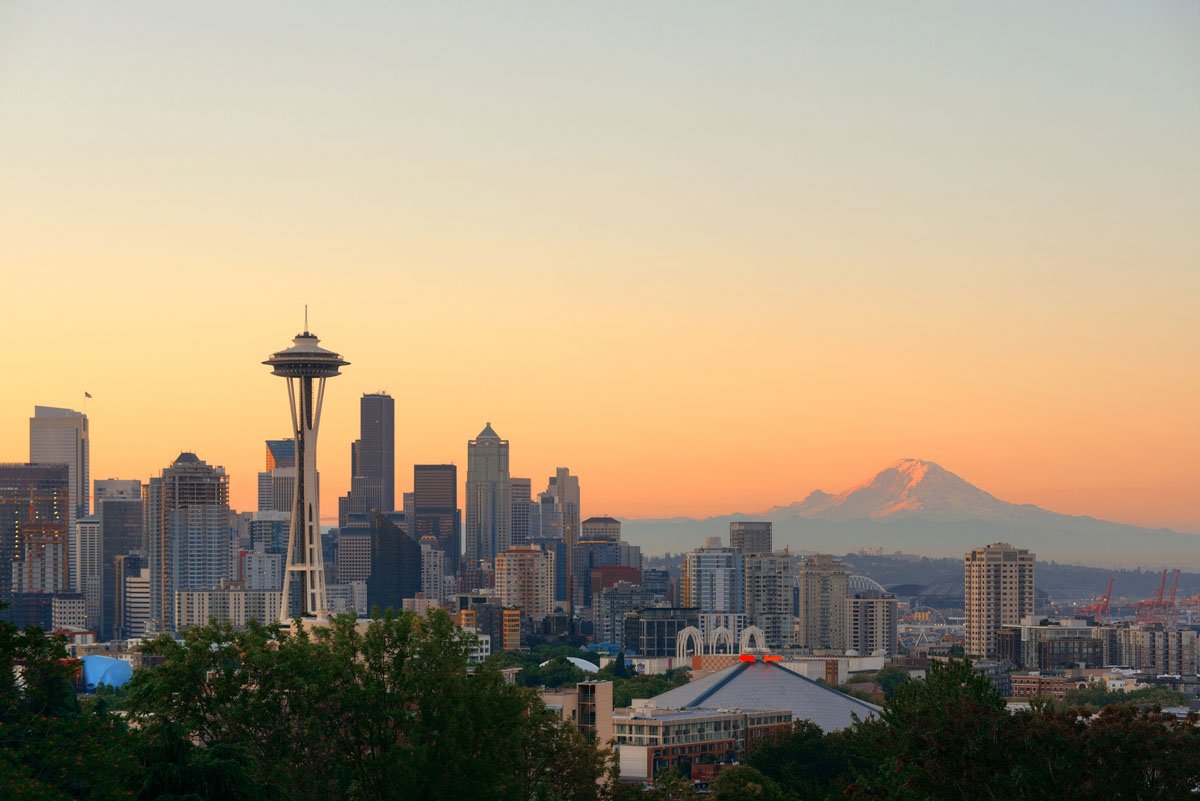

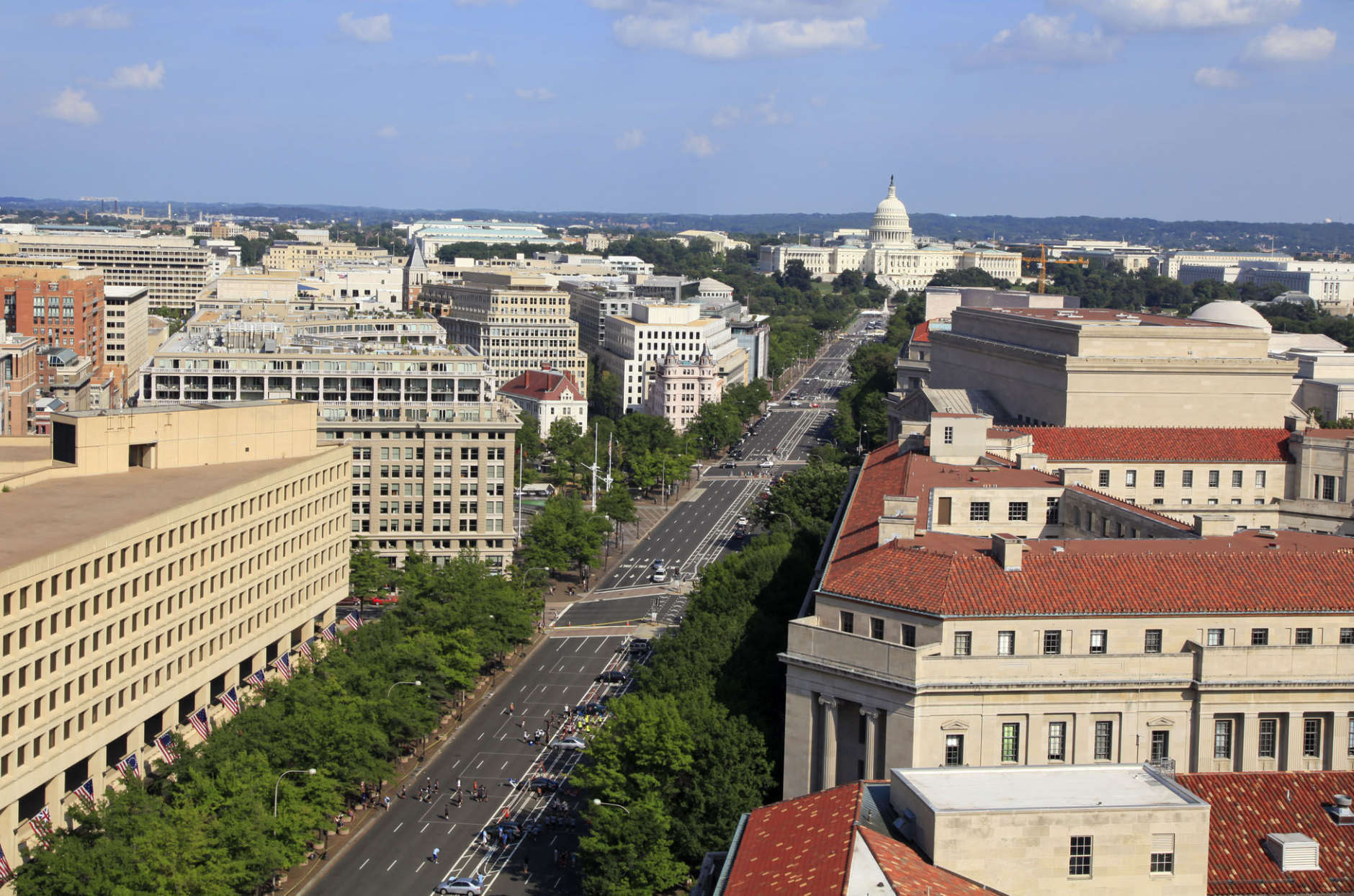
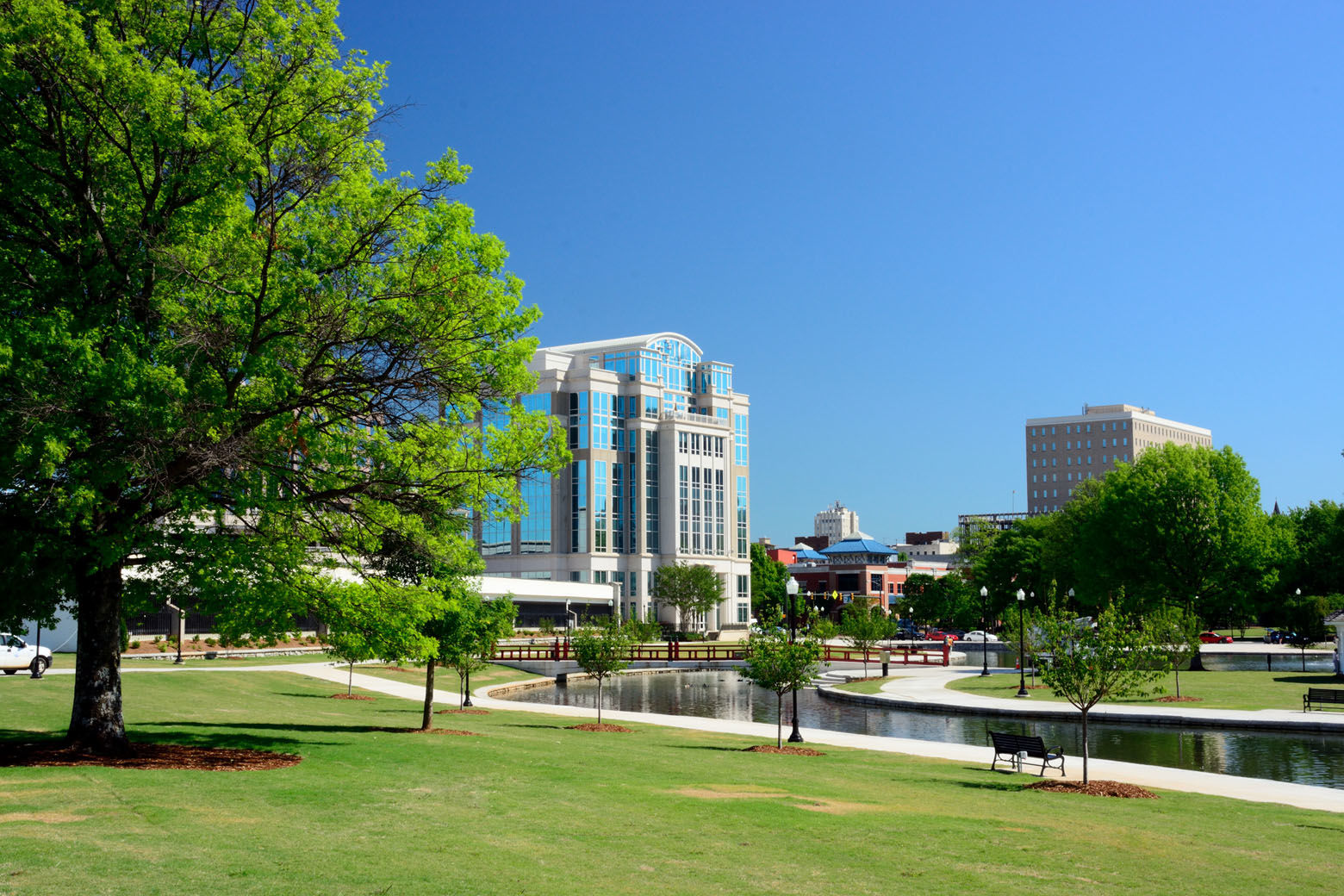
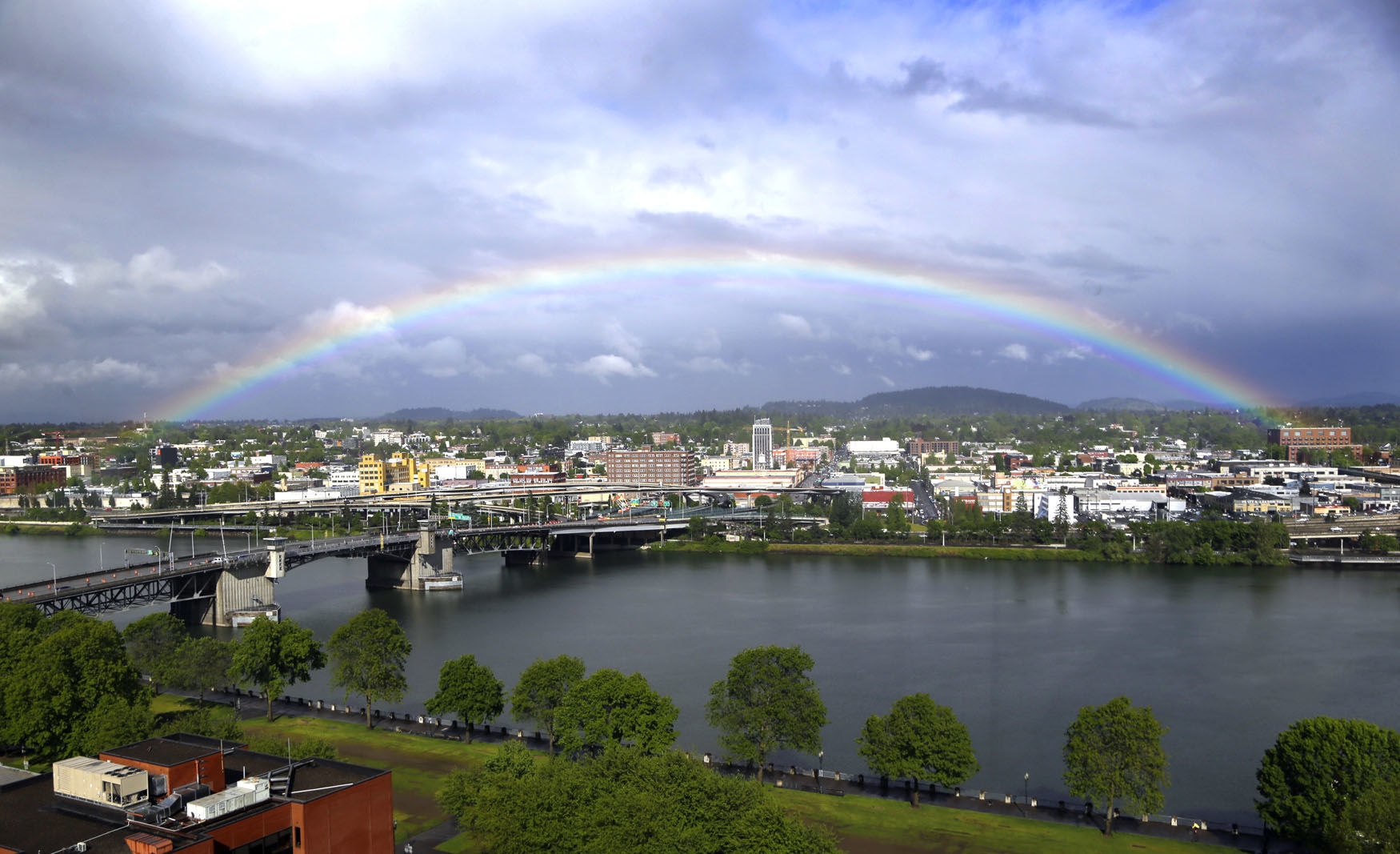
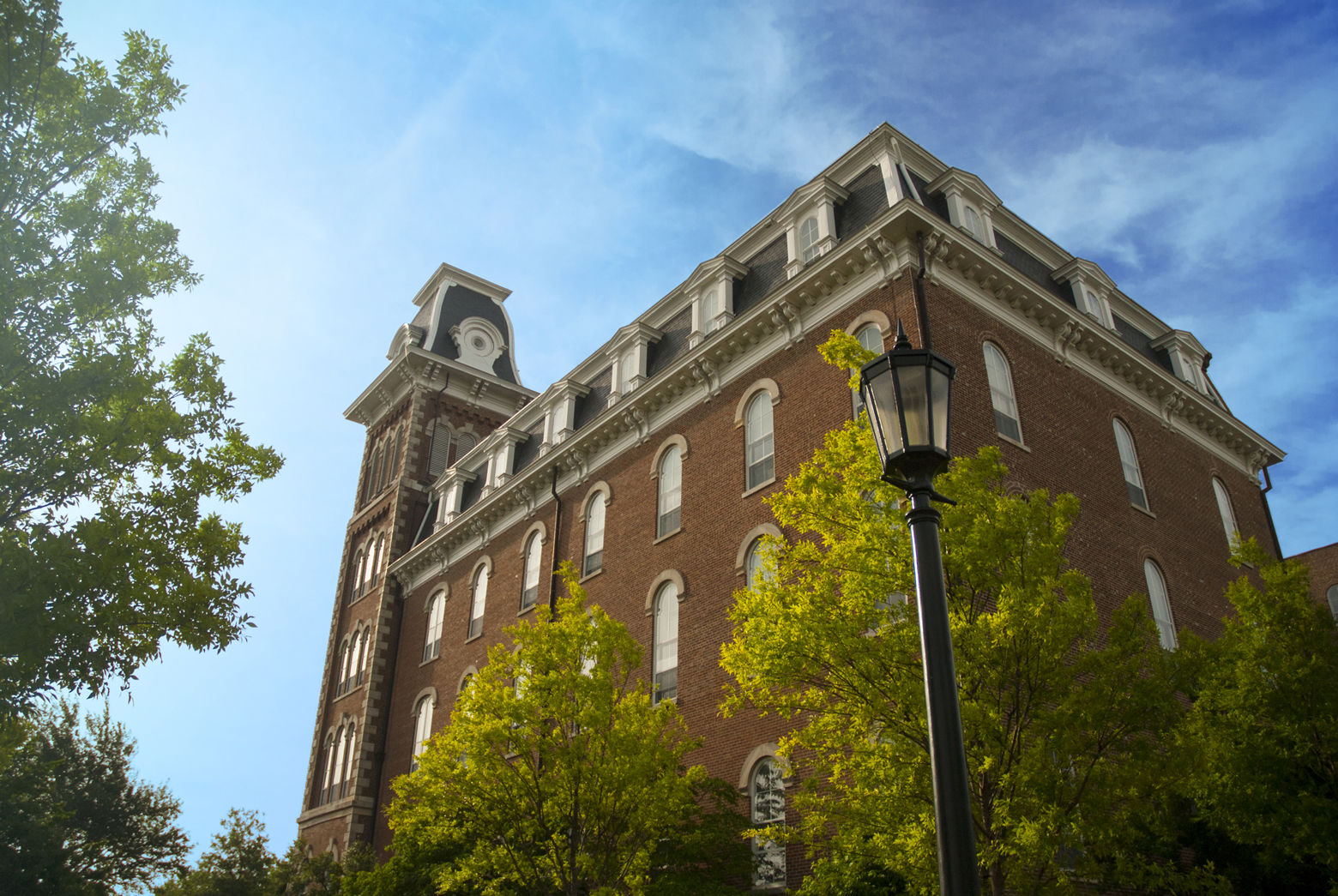
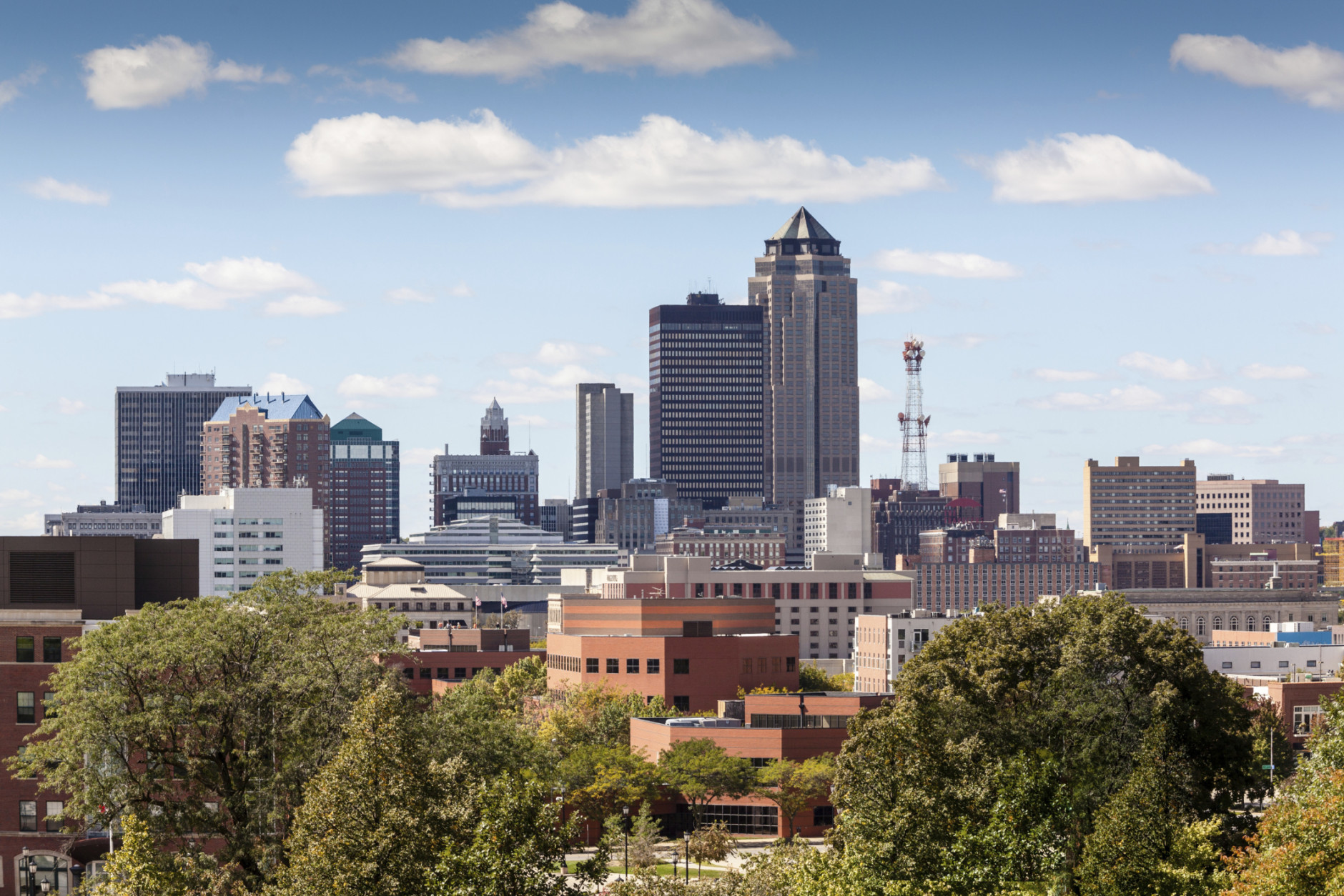
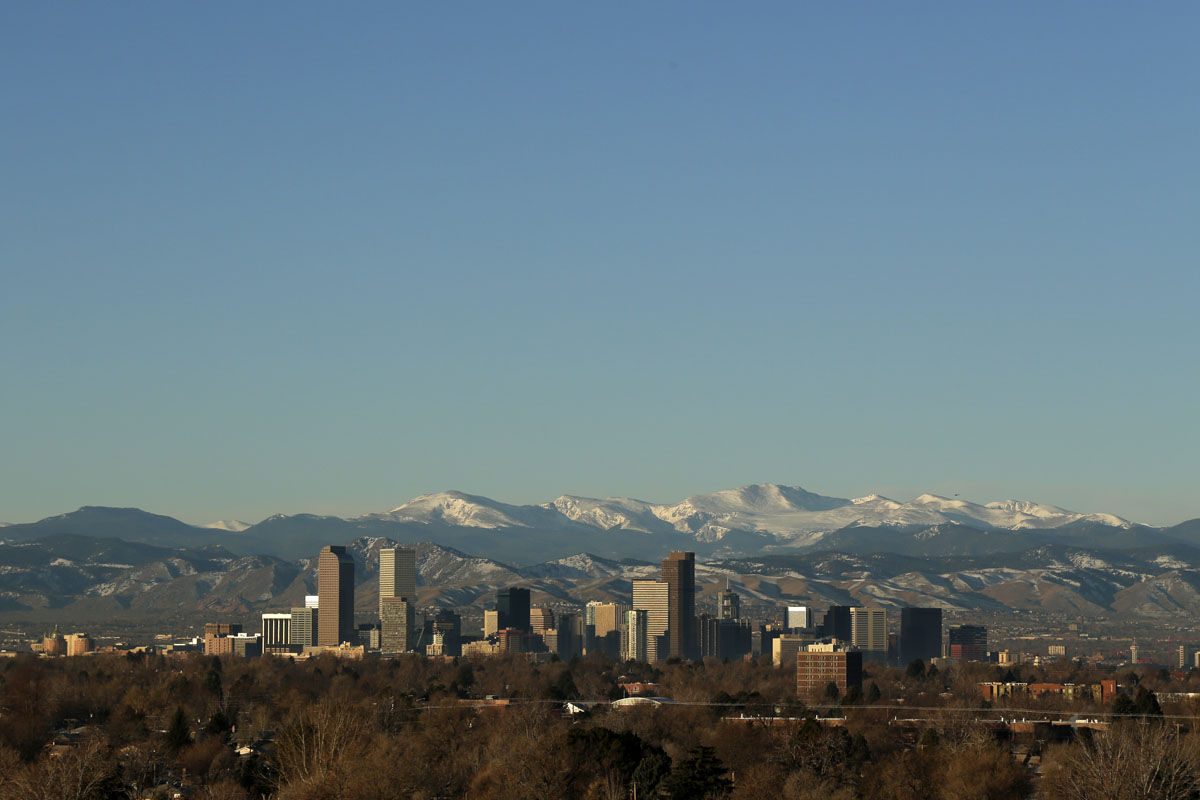
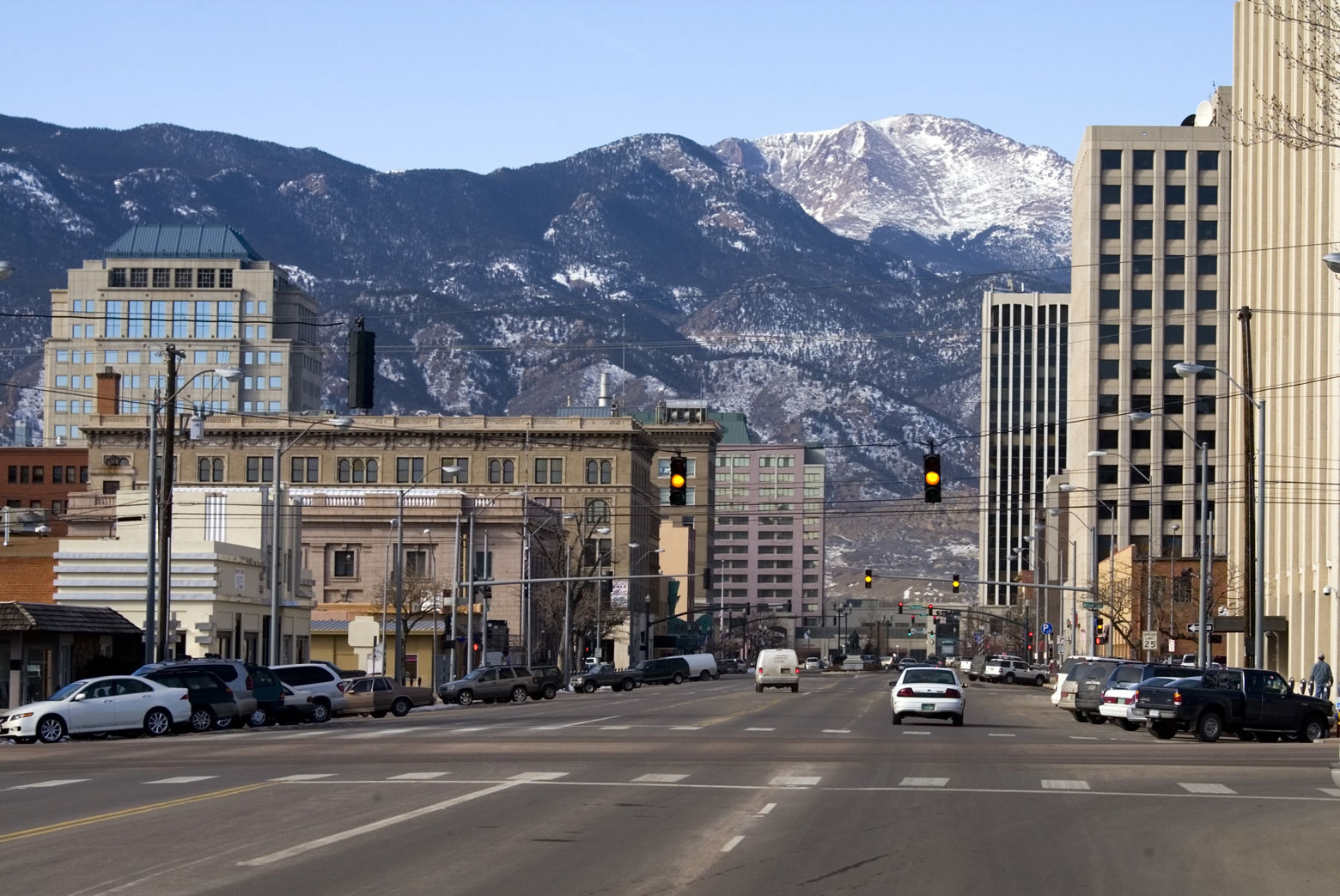
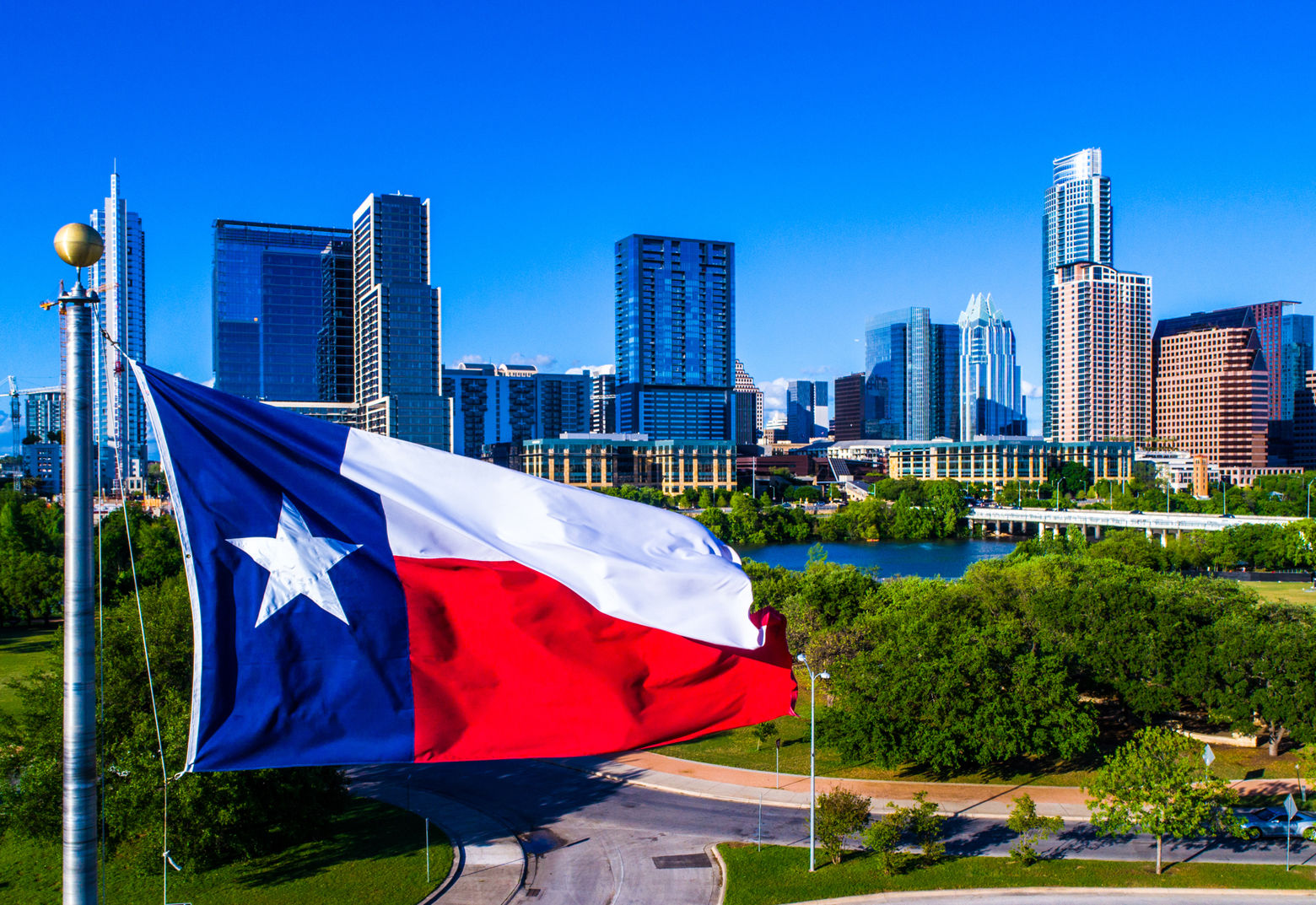
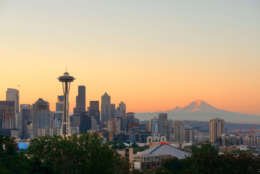

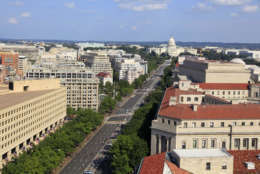


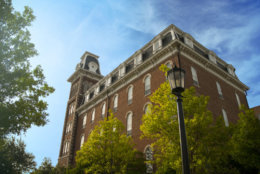
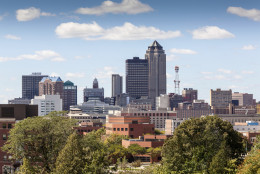
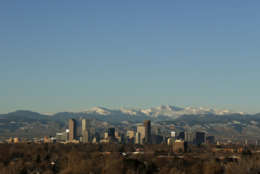
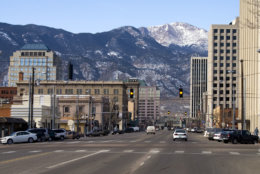
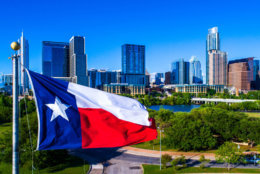
Last year, the D.C. area ranked No. 4. One of the factors that influenced D.C.’s slip in the rankings was smaller net migration to the area compared to other cities, said Devon Thorsby, real estate editor with U.S. News.
Between 2012 and 2016, D.C. grew by a little over 2 percent, she said.
“But compare that to a place like Austin — which took the No. 1 spot — which grew by about 10 percent in that same time period,” Thorsby said.
Still, D.C.’s showing remains “impressive,” Thorsby said.
So, what are D.C.’s strong points?
“A big factor is, of course, the job market,” she said. “The fact that the federal government is here, along with so many contractors that work for the government means there is consistent job growth and new opportunities available all the time.”
Another strength — and it may come as a surprise — is affordability, Thorsby said.
While D.C. is, in fact, one of the most expensive places to live in the U.S., the area also claims one of the higher median household incomes: $96,000.
“Because that median household income is so high, comparing it to the cost of living, it makes it affordable,” Thorsby said.
D.C. ranks as the 26th most affordable place to live, she added.
The rankings are compiled based on evaluating data across five broad areas:
- The job market, including the unemployment rate and the median salary;
- How an area’s cost of living compares with its median annual household income;
- Quality-of-life measures, such as crime rates, education quality and the availability of health care;
- A “desirability” survey asking random internet users which of the 125 metro areas they would like to live in; and
- Net migration, which measures how many people are moving into — and out of — a particular area
While the rankings are data-heavy — sources include information from the U.S. Census Bureau, FBI crime stats and job numbers from the Bureau of Labor Statistics — they also aim to capture some of the intangibles about what makes an area a great place to live.
The rankings include survey data asking “if people feel community pride in their neighborhood and their greater metro area, if they feel safe, if they enjoy living here, if they feel like they’re able to access the quality health care,” Thorsby said. “So, it’s not just about the data; it’s how people feel about it as well.”
WTOP’s Kristi King contributed to this report.

